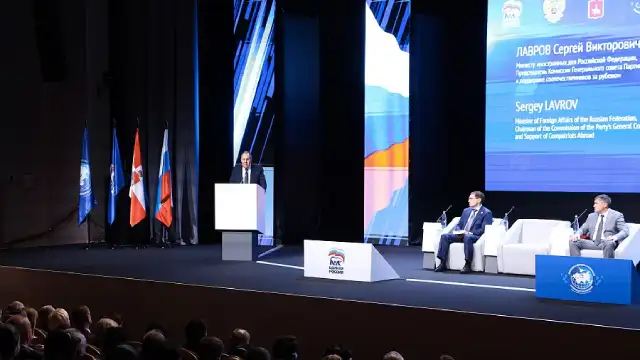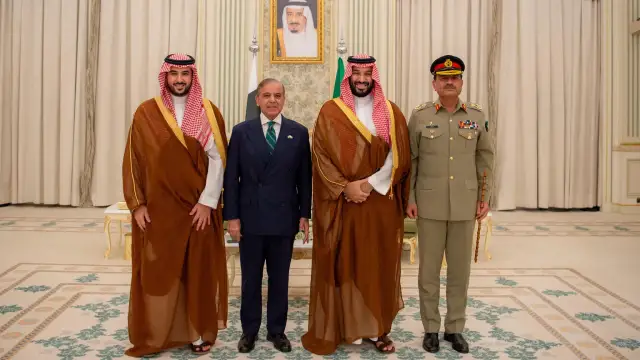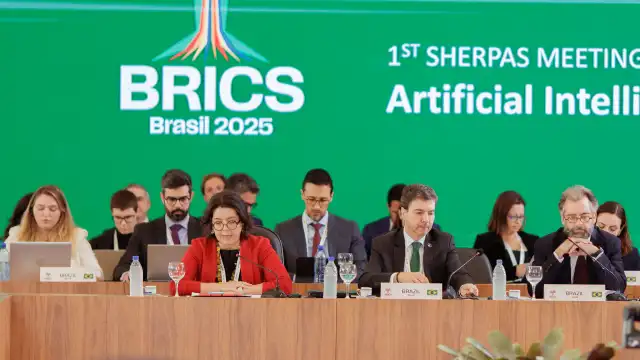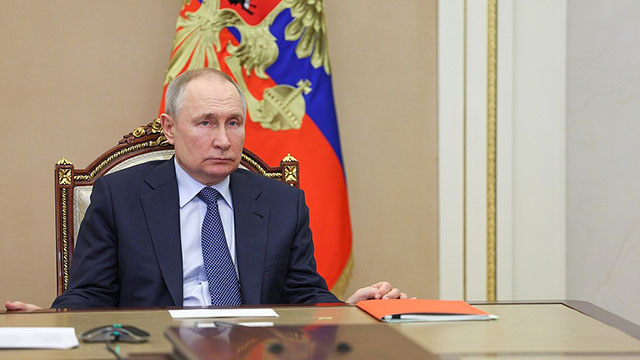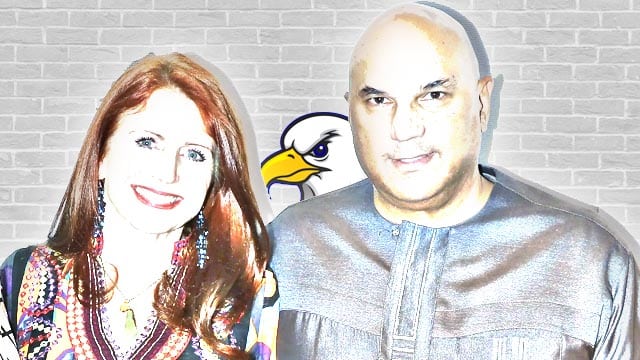Russian Foreign Minister Sergey Lavrov‘s recent speech in Perm exposed a glaring blind spot in Moscow’s geopolitical calculus. Mr Lavrov’s wrong assessment of India reveals how fundamentally Russia misunderstands New Delhi’s true allegiances—and why this miscalculation could prove costly for the Kremlin’s Eurasian ambitions.
Speaking at a security forum on May 29th 2025, Mr Lavrov painted India as an unwilling participant in Western anti-China schemes.
“However, NATO still wants more. At the 2022 summit in Madrid, they declared indivisible security in the Euro-Atlantic region and the ‘Indo-Pacific region’, which had never existed and which NATO made up so as to drag India into their anti-China schemes,” the Russian foreign minister said.
Mr Lavrov added that the Indian side had told him that they joined anti-China military ententes like the Quad for economic benefits.
“When the Quadrilateral Security Dialogue, known as QUAD (Australia, India, the United States, Japan), was established, assurances were provided that it would refrain from engaging in military affairs. At that juncture, we engaged in discussions with our Indian counterparts, who emphasised that their interest in joining this ‘Quad’ was confined exclusively to trade, economic, and other peaceful domains of collaboration,” Mr Lavrov said.
It appears Moscow didn’t ask follow-up questions to its Indian counterparts.
His claim that NATO had “made up” the Indo-Pacific region “so as to drag India into their anti-China schemes” crumbles under scrutiny of India’s economic ties, strategic choices and diplomatic behaviour.
Investment reality exposes Lavrov’s wrong assessment of India
The numbers tell a story Russia refuses to read.
Mr Lavrov’s wrong assessment of India becomes clear when examining where India’s money flows.
According to the Confederation of Indian Industry, India has invested $80bn in the United States, employing over 400,000 Americans.
In 2023 alone, New Delhi added $4.7bn in fresh foreign direct investment into America.
Compare this with India’s $16bn investment in Russia.
The ratio speaks volumes about where India sees its future.
Total US-India goods trade reached $129.2bn in 2024, dwarfing the $65.70bn in bilateral trade between India and Russia.
The European Union tells a similar story.
Trade in goods between the EU and India reached €120bn in 2024, with European companies holding €140.1bn in foreign direct investment stock in India.
Some 6,000 European companies operate on Indian soil.
These figures demolish Mr Lavrov’s suggestion that India was cajoled into Western partnerships.
Countries don’t invest billions where they feel uncomfortable.
A seasoned diplomat like Mr Lavrov must know that there are no infants in the geopolitical landscape.
All countries decide for their own after reviewing the pros and cons of all treaties they make.
This means India knew from the beginning what the Quad is for.
So, Mr Lavrov doesn’t have to defend New Delhi for the latter’s decisions.
However, Moscow has to realise who is a Trojan horse in its multipolarity scheme.
Modi’s Trojan horse strategy in Eastern blocs
India’s behaviour within Russia and China-led organisations reveals the depth of Mr Lavrov’s wrong assessment of India.
While participating in BRICS and the Shanghai Cooperation Organization (SCO), New Delhi systematically undermines their core objectives.
Prime Minister Narendra Modi‘s government opposes de-dollarisation efforts that would benefit Global South economies.
India remains aloof from anti-hegemony positions central to these organisations’ mission.
Rather than being dragged into Western schemes, India actively serves Western interests within these groups.
India also uses its membership of these forums to have an upper hand in its negotiations with the West.
New Delhi always uses its close ties with Russia to get better deals from the West, but not the vice-versa.
Moreover, Mr Modi’s government also uses India’s enmity with China, despite steady trade between the two, to lure more American investments and defence ties.
Russia knows these very well, critics say, but it refuses to accept.
Mr Lavrov expressed confidence that “our Indian friends perceive this provocation with perfect clarity”.
Yet India’s actions suggest perfect clarity about which side serves its interests—and it isn’t Russia’s.
The foreign minister called for revitalising the Russia-India-China trilateral format, citing border de-escalation between New Delhi and Beijing.
This hope appears misplaced given India’s systematic obstruction of Sino-Russian initiatives.
Gaza test proves Lavrov’s wrong assessment of India
Nothing exposes Mr Lavrov’s wrong assessment of India more starkly than comparing India’s positions on Ukraine and Gaza.
While Mr Lavrov condemned Israel’s collective punishment of Palestinians—noting that 45,000 Palestinian civilians died in one year, 50% more than civilian casualties on both sides during ten years of conflict in eastern Ukraine—India has backed Israel’s assault.
Mr Modi’s government sees Gaza through a “terrorism” lens while increasing weapons trade with Israel.
Despite sharing ties with Palestinians, Iranians and Israelis, Mr Modi made no peace initiatives comparable to his Ukraine efforts.
What could be the reason other than the West’s pressure and New Delhi’s urge to strongly ally with it?
When Donald Trump imposed punitive tariffs on India, Mr Modi gradually capitulated rather than confronting America.
Despite facing high tariff threats, Mr Modi’s government has ensured it impresses Mr Trump and his administration to receive a favourable deal.
This pattern reveals where India’s true loyalties lie.
It shows how Mr Lavrov’s wrong assessments of India eventually harm the idea of multipolarity that Moscow preaches.
Fascism contradiction Putin ignores
The ideological contradiction in Russia’s India policy exposes another dimension of Mr Lavrov’s wrong assessment.
President Vladimir Putin condemns Nazism and fascism while courting Mr Modi’s Bharatiya Janata Party (BJP) —rooted in Hindutva ideology that supported German Nazis and celebrates Hitler.
To strengthen his ties with the very government accused of following Nazi templates, Mr Putin will be visiting India later this year.
The Russian media hypes India’s geopolitical stance, even at the risk of alienating itself from the other countries in the region.
Moreover, Mr Putin’s endorsement of Mr Modi raises questions regarding his anti-Nazi and anti-fascist credentials.
This blind spot suggests Moscow prioritises short-term tactical gains over strategic coherence.
Russia’s anti-fascist rhetoric rings hollow when embracing leaders with fascist ideological roots.
Why Russia’s India gamble will fail?
Mr Lavrov’s speech revealed a fundamental misreading of Indian intentions.
His confidence in India as a potential partner against Western hegemony ignores overwhelming evidence of New Delhi’s Western alignment.
Mr Lavrov’s wrong assessment of India stems from viewing India through outdated Cold War lenses.
Russia assumes shared opposition to Western dominance creates a natural partnership.
Yet India’s economic integration with the West, its obstructionist behaviour in Eastern blocs and its alignment on key issues like Gaza demonstrate clear strategic choices.
The language barrier reinforces this trend.
More Indians emigrate to English-speaking countries than to Russia, strengthening cultural and economic ties with the West.
Upper-caste Hindu elites who dominate Indian policy-making maintain strong Western connections.
They have a high amount of investment exposures in the West, particularly the US, rather than Russia.
Hence, in any circumstances, these policy influencers will hail Russia as a great friend but consolidate the position of the US and the collective West.
Russia’s Eurasian security architecture dreams face a harsh reality: India will continue to side with the West when forced to choose.
The sooner Moscow acknowledges this truth and mitigates its risks, the better positioned Russia will be for the multipolar future it claims to champion.
Mr Lavrov’s speech inadvertently revealed not Western schemes to entrap India, but Russia’s own entrapment in wishful thinking about a partner already lost to strategic competitors.
Join our channels on Telegram and WhatsApp to receive geopolitical updates, videos and more.

